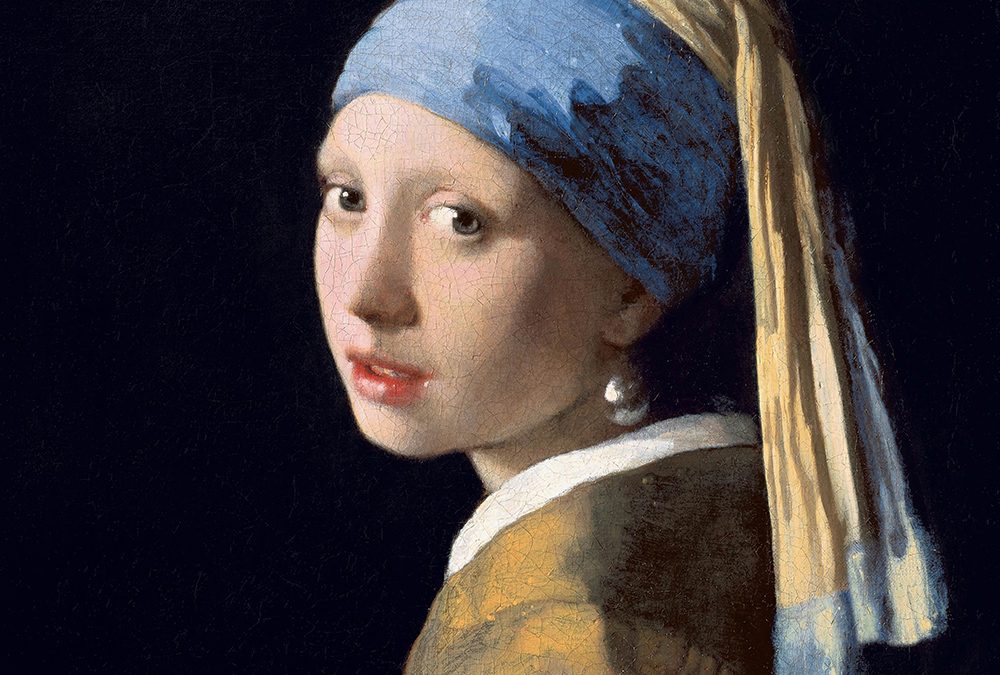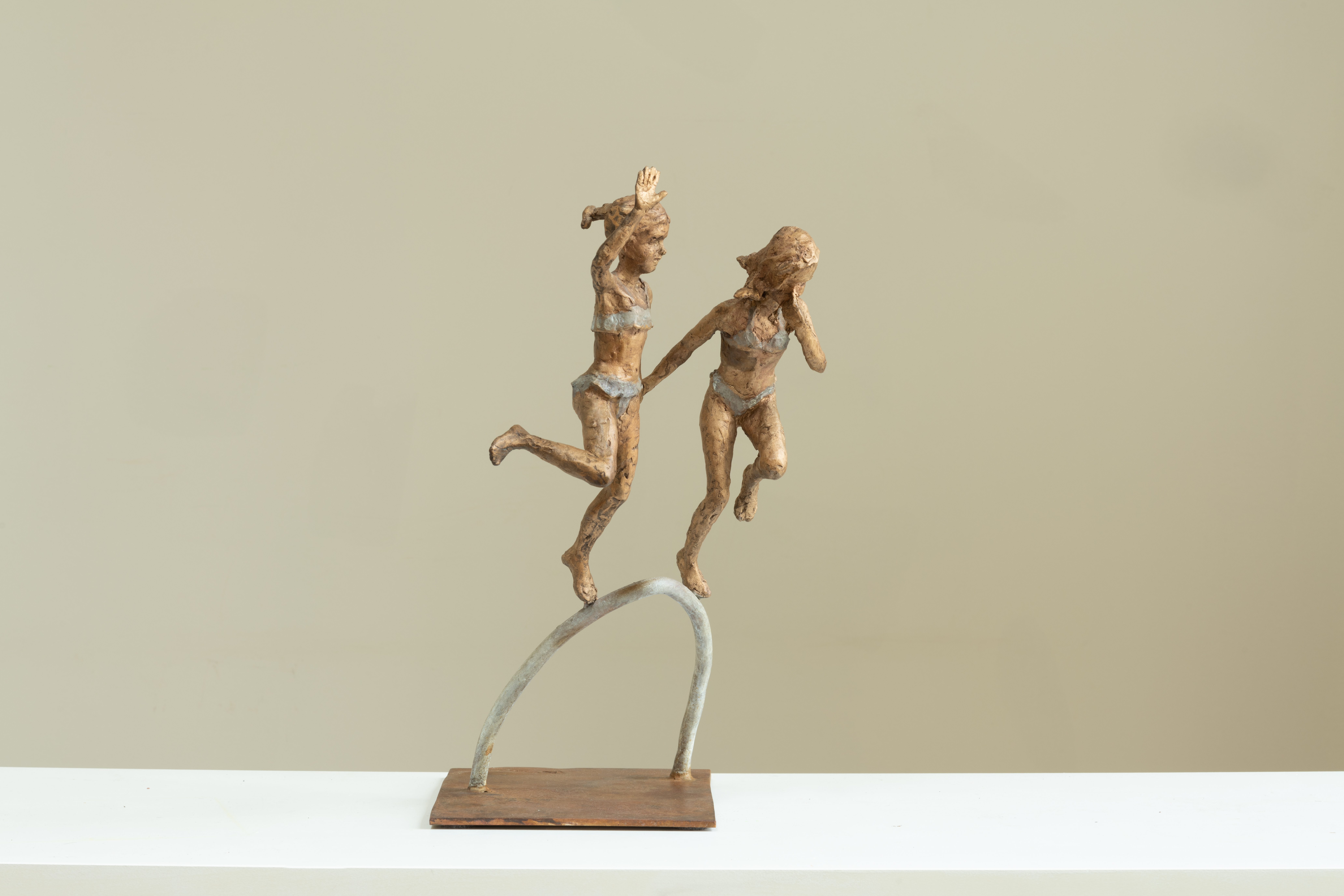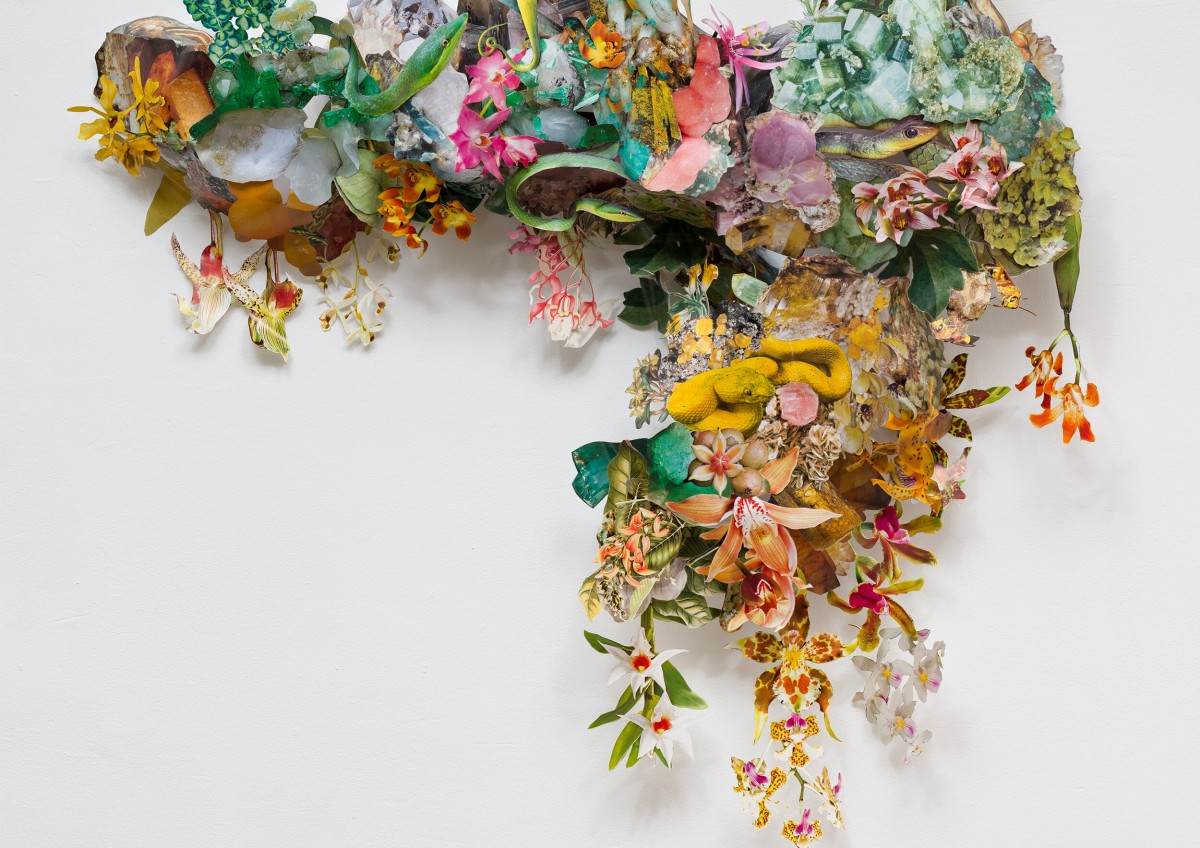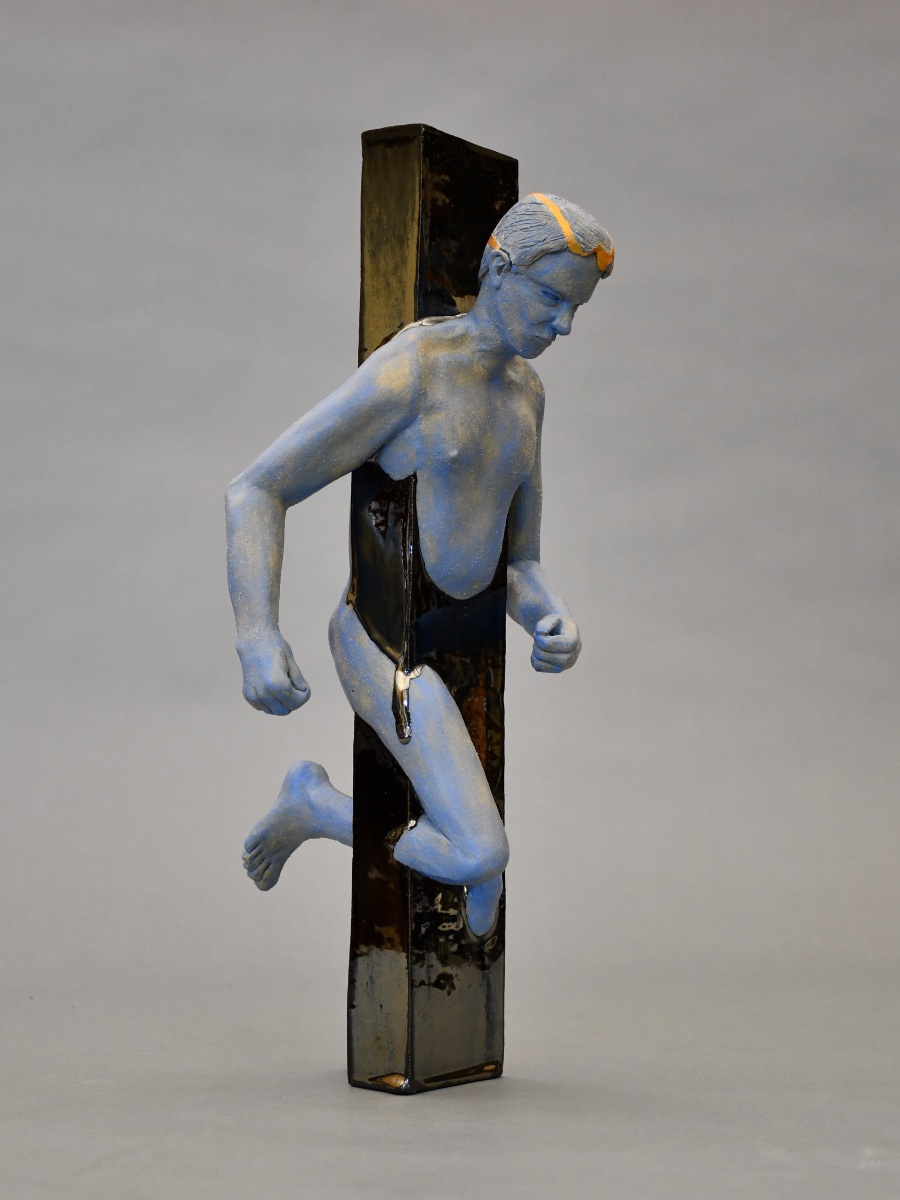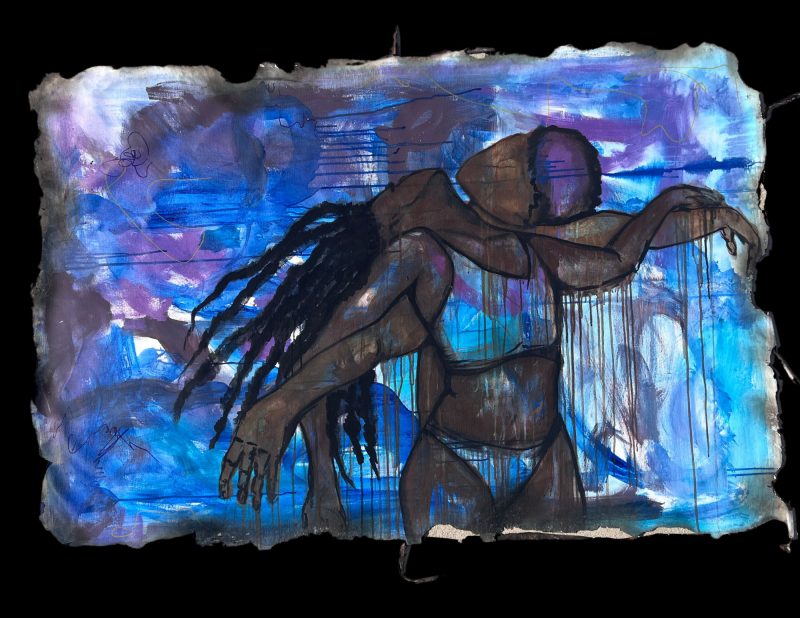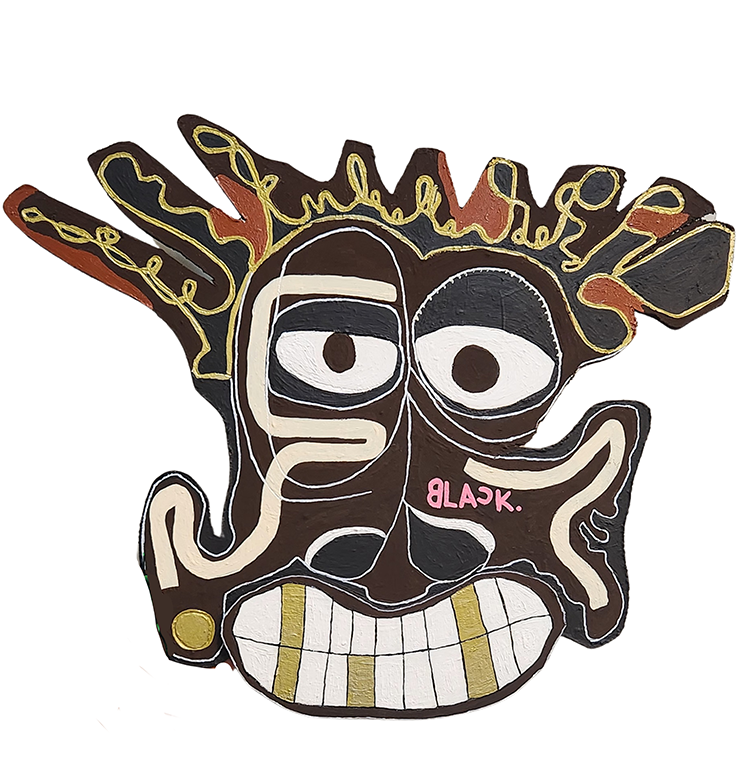Portraiture has been a popular form of art for centuries. Before photography, painters captured the faces of humans. Early portraits, however, were often reserved for the noble class. In 1839, Robert Cornelius, who was a pioneer of photography, was able to make the first ever portrait or photograph of a person. He did so by setting a camera in the back of his dad’s gas lamp-importing business on Chestnut Street in the center of the city of Philadelphia.
Traditional portraiture is a photograph of an individual or a group that clearly depicts the mood, expression, and personality of the subject. In general, the focus of the photo is usually emphasized on the face of the person despite the fact that the entire body is normally included as well as the background. Traditional portraits come in a variety of styles, from lifestyle or candid portraits to classic style, and they can be prepared or made at home, in offices, a beach, or even in the garden and it any clothing from formal to casual. In a nutshell, portraits depict the essence of a person or group. Once captured, they are usually rendered to a photographic paper in any of a variety finishes, such as glossy, matte, or satin. Another popular medium for portraits are oil paintings, which can last a long time and are able to convey qualities and emotions that photographs sometimes lack. Other things may then be applied to the portrait, such as a UV protective spray, before being mounted on a board or matted on a frame.
Since its primary focus is on the human subject, it has the ability to symbolize the essence of an individual in a society in a great way. In today’s culture, which is becoming less concerned about human nature and world conditions, portraiture is increasingly becoming one of the only refuges to preserve love, culture, humanity, and care. Since us human beings are bound by love and honour, in the form of art, the only portraiture can realize this.
Portraiture is an important art discipline and adds value to the arts in general, as its primary focus is generally on the human subject. Great artists are able to capture the personality, face, expression, even the inner essence of the person through the portrait, by being well-versed in anatomy and light placement, as well as possessing expertise in capturing emotions; all factors which lead to a complete and successful portrait.
Some of the most famous portrait of all times include The American Gothic, which was painted in 1930 by Grant Wood, an American painter; The Portrait of Madame X, painted in 1884 by John Singer Sargent; and Girl with a Pearl Earring, painted in 1665 by Johannes Vermeer. Another famous work is Las Meninas, painted by Spanish painter Diego Velazquez in 1656. This painting is so famous that the BBC named it “the world’s first photobomb.” The painting shows the Infanta Margaret Theresa Margarita in the Royal Alcazar of Madrid, side by side with her maids, two dwarfs, a dog, and a bodyguard. Las Meninas has been defined by many as the father of “theology of painting” and “the true philosophy of the art.” It was a masterpiece which depicted the expertise of Diego Velazquez. The most famous of all, however, is the Mona Lisa, painted in 1517 by Leonardo da Vinci. Referred to by many as the greatest artist of all time and a preeminent figure of the Italian Renaissance, da Vinci’s portrait was described in The Independent in 2005 as “the best known, the most visited, the most written about, the most sung about, the most parodied work of art in the world.”
As traditional portraiture continues to evolve today, many artists are challenging the traditional aspects of the artform. Some artists portraits are based in surrealism; others reinvent classical art periods with adding splashes of modernism into their work. Portraits will be around as long as humans are, and it seems appropriate to expect this artform to continue its evolution.

